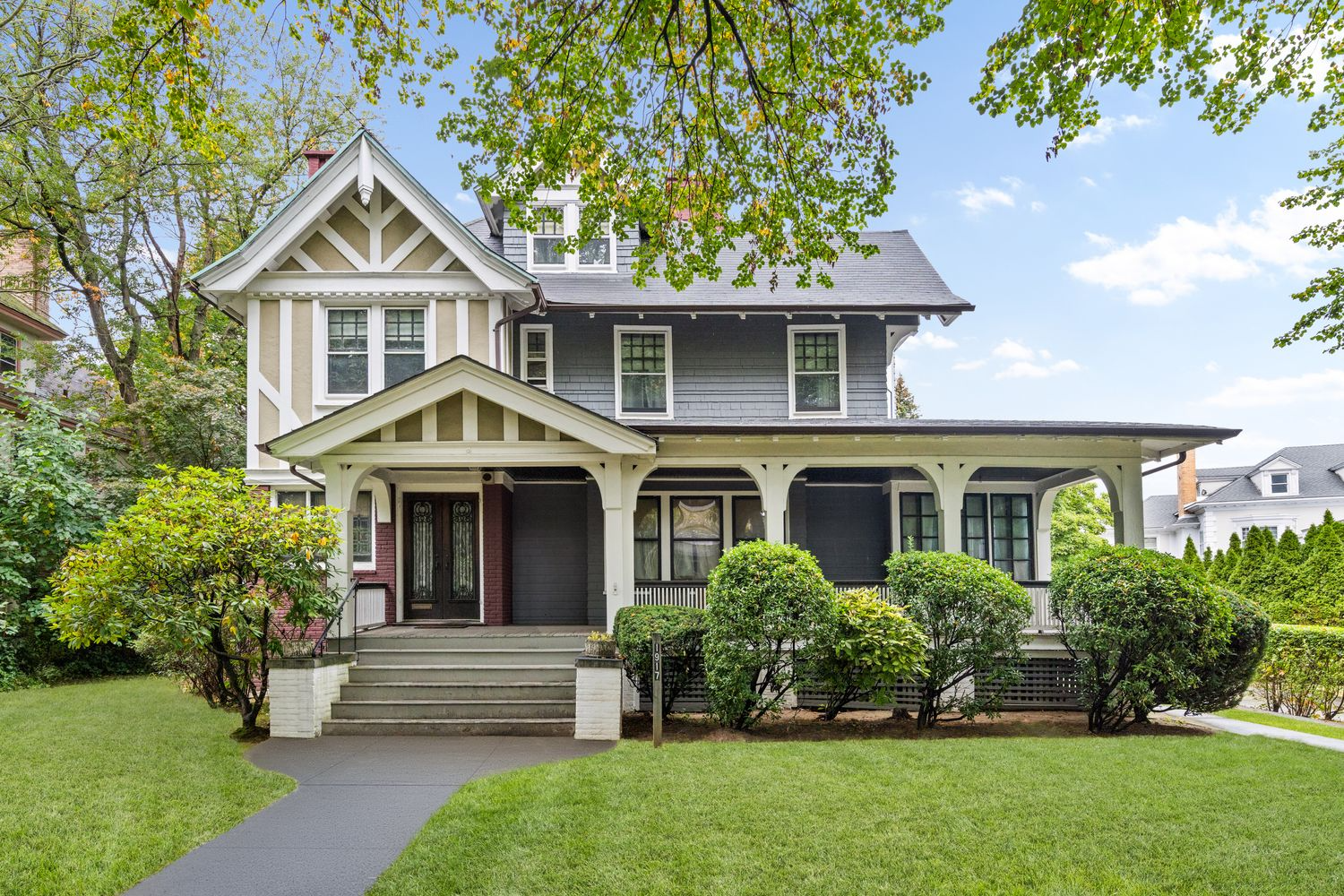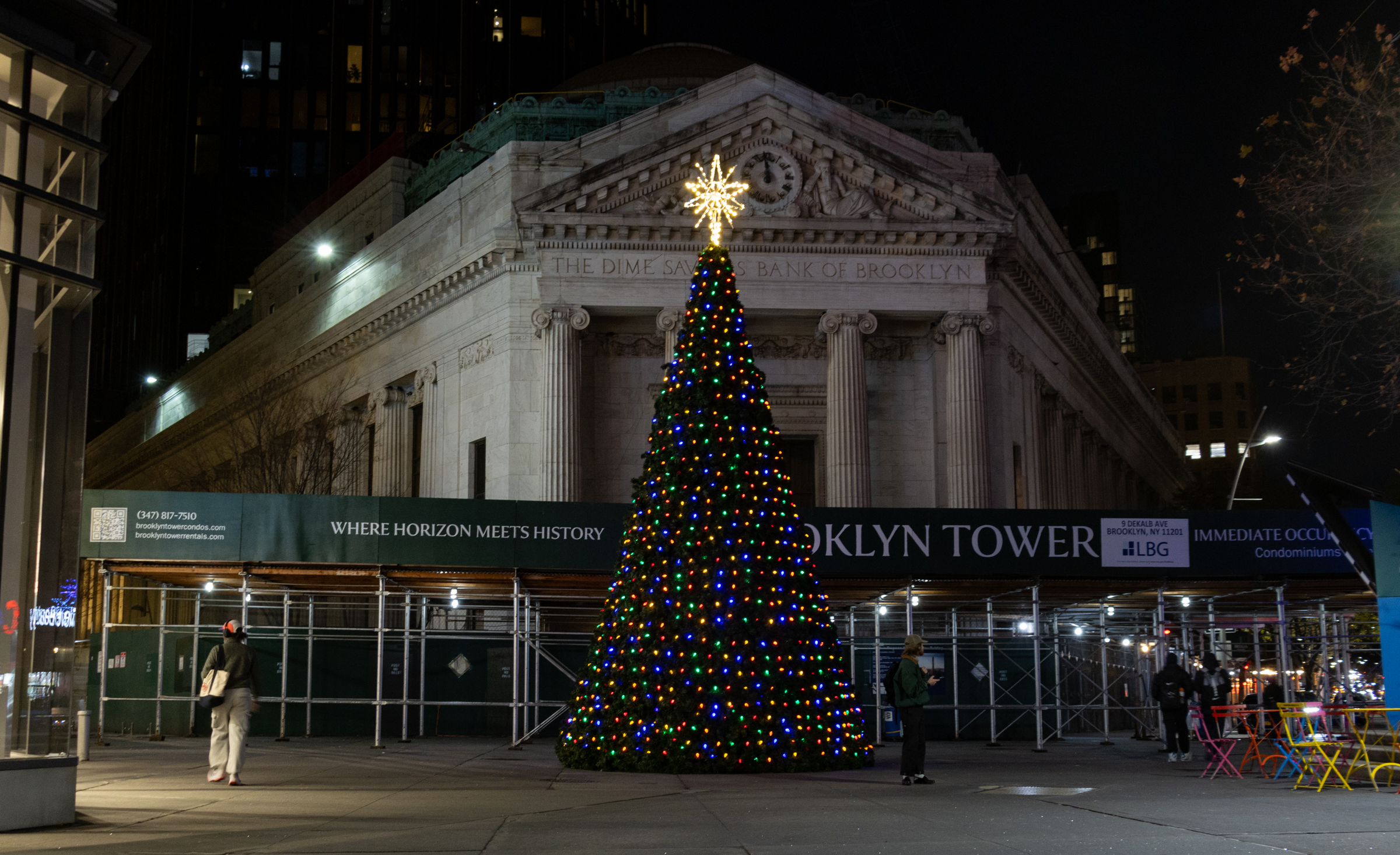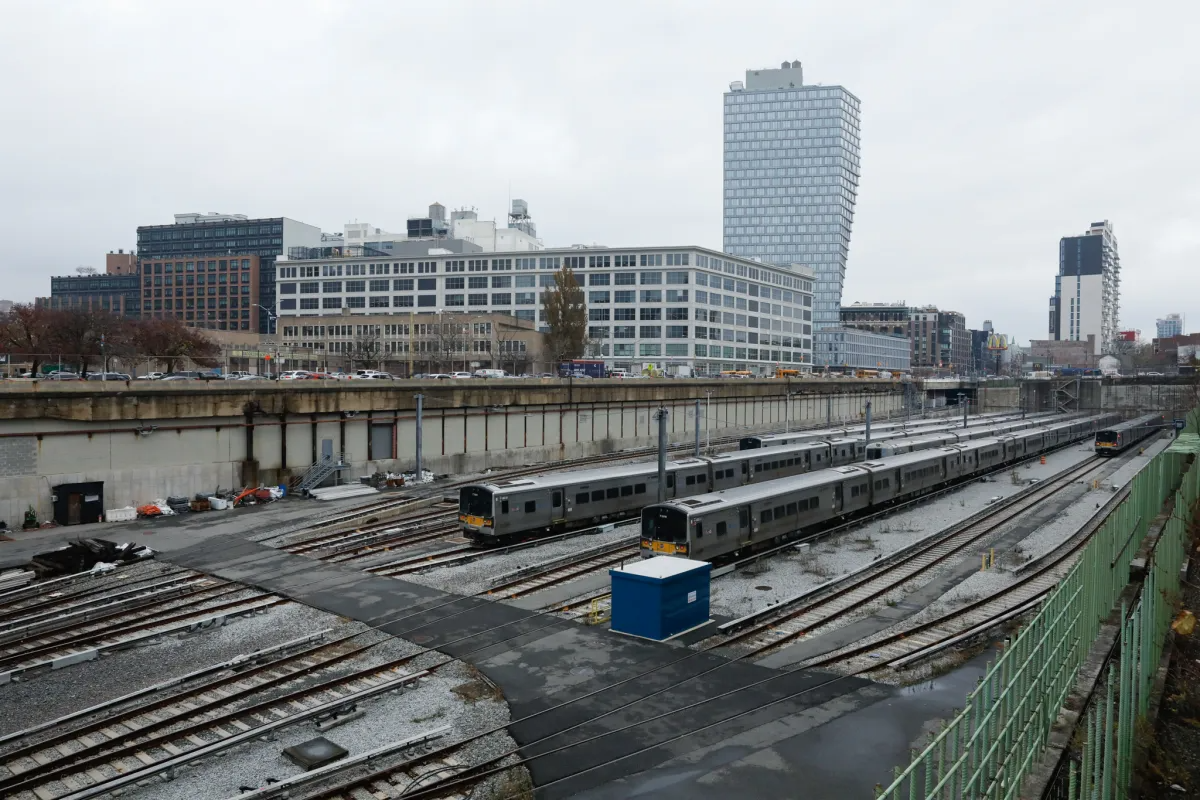Headed Back to the 1970s in Bed Stuy and Beyond?
“The economic crises of the early 1970s overwhelmed New York City,” writes James Doran in the British newspaper The Guardian. “The stock market crashed, oil prices plunged and unemployment soared.” Now that we’re rewriting that same scenario, will the same crime wave surge again? The article zeroes in on Bed-Stuy, the domain of Frank Serpico…


“The economic crises of the early 1970s overwhelmed New York City,” writes James Doran in the British newspaper The Guardian. “The stock market crashed, oil prices plunged and unemployment soared.” Now that we’re rewriting that same scenario, will the same crime wave surge again? The article zeroes in on Bed-Stuy, the domain of Frank Serpico who would be wowed and disoriented by the million-dollar brownstones of the neighborhood today. “Crime has dropped dramatically over 30 years and continues to show strong reductions,” in the area. But what will happen now that we’ve got a billion dollar budget gap and a 5,000-man reduction in the police department? “There were 455 murders in New York City in the year to 16 November compared with 429 in the same period last year, an increase of 6 per cent,” they write. “And this is just the beginning of New York’s woes. The slump is expected to take a big toll on a city which relies on the financial services sector for some 10 per cent of its overall tax revenue. Add to that the amount of money that is pumped into the economy by wealthy bankers and financial traders who until recently were buying mansions and luxury cars and eating at expensive restaurants with abandon, and it soon becomes obvious that New York City is bankrolled by Wall Street.” Commissioner Kelly told the City Council yesterday that it would be a real challenge to keep crime down. On the jump, a handy comparison of 1970 NYC and now.
New York Fears Return of Dark Days [The Guardian]
Photo by csamperezbedos.
1970s:
• Price of a subway ride – 30 cents in 1970 to 80 cents by 1979
• Price of a hot dog in Coney Island $1
• Top TV shows – All in the Family, Happy Days, Laverne and Shirley
• Millions move out to the suburbs in the great urban flight
• Economy so bad that 3,000 are arrested for looting during a blackout
2008:
• Price of a subway ride $2
• Price of a hot dog at Nathan’s in Coney Island $3.20
• Top TV Shows – Dancing with the Stars, American Idol, Heroes
• Millions move back to old city neighborhoods left derelict for a generation
• Economy so bad that mayor Michael Bloomberg demands a third term.





‘Hope this thread stays as intelligent and thoughtful as it has been so far.’
Montrose, that’s asking for alot. I’m predicting at some point there will be racist comments to be spewed from some posters.
I personally won’t muck up this one too much, just for you 🙂
“the only difference is now in this economic crisis is that there will be a ton more white people committing crime. especially kids under 25….”
Rob,
Not all that different. I moved to the South Slope (Park block of 13th St.) in 1970. That was the demographic group responsible for most of the crime there at the time.
Thanks, BRG.
Montrose is going out to chase some dollars, so won’t be around till later. Hope this thread stays as intelligent and thoughtful as it has been so far.
QOTD…to Montrose, that is.
I spy QOTD ^^^^^^^
Once again, Montrose is Poignant!!
I have seen a definite uptick in what I am calling thug on nerd. My sixth grader was jumped on his way home from school on Vanderbilt and Clermont. He was on his way to the G. I am not sure it was really a mugging since he didn’t have anything. Friends of my ninth grader were jumped leaving school on the Upper West Side and another of his friends was mugged in front of PS 32. From what I was told by the principal of my kid’s middle school, the younger middle schoolers are particularly vulnerable.
And no “marauding teens” But I guess they’re confined to Ft. Greene & CH!!!!
The Guardian always likes to cover our inner cities like they were Mogadishu or Sarejevo during a war. I’m sure their intrepid correspondent has a camo hat, and darts from tree to tree to observe the natives and report back. I agree with Dave, look to your own problems, mate.
This comparison is not like comparing Gala apples with McIntosh apples. Bed Stuy, the entire city, in the 70’s cannot be directly compared with now, no more than you can accurately compare the Great Depression with now. Too much history in between, too many changes in policy, law, and society to make that accurate. The past colors and shapes who we are now.
The 81st precinct, cited in the piece, covers much of Bushwick’s Broadway shopping district, which burned down in riots. The photo they posted looks like somewhere over there. As horrible and self distructive as that was, it was not indicative of Bed Stuy. Then is not now. Heroin was king, returning drafted VietNam vets, with the horrors and addictions of war still running through their heads and veins, were tossed unappreciated back into their communities with no skills, no jobs, no compassion. The city was broke, our police department was riddled with corruption, and our national spirit was drained. While many parallels can be drawn, we are not those people, this is not that time.
We learned something from what we went through then, we at least recognise PTSD, we’ve cleaned up the police department, heroin and crack are still with us, but not in the levels of the 70’s, and our neighborhoods, although still segregated in some ways, schools especially, are open to new residents, and greater mixtures of people and incomes. Gone are the days of the 70’s when a white face in Bed Stuy was either a cop, first responder, social worker, commerical landlord, or investigative reporter.
While the trickle down of Wall Street wealth hardly ever reached the parched lips of someone in the projects, the converse is true now – the implosion does not have the direct effect on poorer communities, in the direct sense of lost jobs or wealth. We lose out because the city will lose out. The generation between my parents and myself, that owned homes in BS in the 70’s as young homeowners with city and other civil service jobs may be encouraged to retire, but their homes are paid for, their pensions as secure as anyone’s can be. We will be affected, as everyone is affected, and will have to tighten our belts, but we will not erupt in riots, or destroy what we all worked so hard to obtain.
I think street crime will rise, but it will rise everywhere, and we must all be more alert and aware. Rob may be right. Street crime in Bed Stuy will still impact black residents more than white, it always has, as it is a crime of opportunity, and we are a majority in our neighborhoods. What’s in your pocket or purse is still green, or can be programmed or sold just as easily, whether black, white, yellow or brown.
Because we’ve gone through this before, we should be able to more easily pass through again. This time, our economic woes bind us together as much as race and ethnicity. For those of us with the power to be aware, alert, and make changes, the challenges of doing more with less, inventing new ways of commerce and industry, and relying less on the new, and more on keeping up with what you have, should make for interesting times. We will recover, and we’ll grow.
I can’t believe this post has gotten so far with no “Warriors” reference.